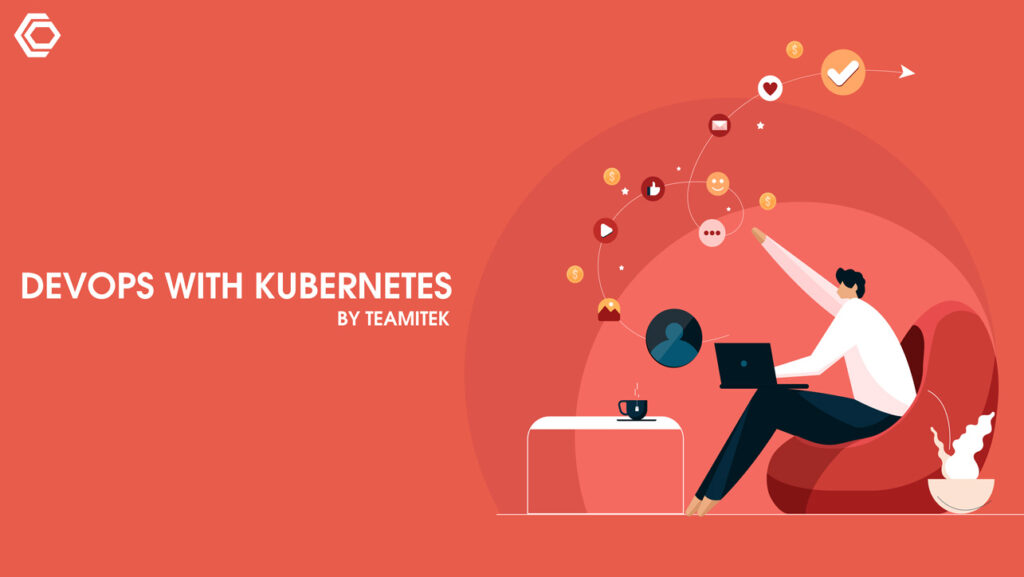Kubernetes is an open-source platform. Designed by Google, it was initially released on 7 June 2014. Kubernetes is used for container-orchestration, which helps in automating computer application deployment systems. It also facilitates scaling and management. Cloud-Native Computing Foundation is now in charge of managing Kubernetes.
Kubernetes has become the de facto container-orchestration system, dominating other alternatives. Kubernetes has the most mature, dynamic, and robust architecture, with services and APIs for all “major” cloud services.
Engineering DevOps with Kubernetes offers a lot of benefits:
Leadership: Kubernetes is all about scale. Businesses that rely on delivering digital services and software updates quickly often use Kubernetes for the development and deployment of applications at scale. Kubernetes enables leaders to push the organization to a new level of performance and use multi-cloud operations for added agility and stability.
Collaborative Culture: Containers and Kubernetes enable an organization to create a self-service infrastructure so that all the teams can access the resources when they want and how they want. It results in increased productivity and satisfaction of employees. The rate of deployment, collaboration, and feedback sharing is also fast.
Design for DevOps: Kubernetes is a sophisticated cloud-native tool. It uses microservices for the development of modular applications following twelve-factor app tenets, communicating through a network of APIs that works best for scalable deployment on clusters. Kubernetes is optimal for orchestrating cloud-native applications. Modular distributes services are easy to scale and operate.
Integration: During the integration phase containers are created, and run procedures are defined. The images thus created are small in size which reduces the time and resources required to start and manage and a container. Existing layers between the updates can be reused, resulting in lightweight overall operations.
Testing: With Kubernetes, testing is easy. Developers and testers can work together to solve errors quickly and accurately. Developers can directly use the tester’s Kubernetes instance for debugging which eliminates the delay of trying to replicate each other’s respective test environments. Kubernetes helps developers and testers to exchange application configuration information and easily and quickly.
Agile Infrastructure: Kubernetes helps in the precise use of resources. With Kubernetes, infrastructure resources are in the form of clusters and can be used or released elastically, which means scaling is seamless and resource utilization is high. Kubernetes removes many manual tasks from IT operations. Kubernetes simplifies multi-cloud management, which helps to deliver more services with fewer errors.
Monitoring: If an instance becomes unhealthy, health reporting metrics in cloud-native applications help to manage the situation effectively and efficiently. Kubernetes makes it easy to determine the state of a containerized application.
Security: Kubernetes, being a cloud-native tool, provides more insights into the operations of an application making it easier to identify security problems and fix them. The orchestrated controls provided by Kubernetes on the containerized applications benefit from unmatched consistency and response times. Also, the Secrets objects offer a secure way to store important and sensitive data.
Delivery: Kubernetes allows one container to support multiple configuration environment contexts. This eliminates the need for specialized containers for different environments. Declarative syntax greatly simplifies the management of delivery and deployments.
DevOps can change the dynamics of your organization. Consult the Teamitek team today for help.
If you are looking for experienced DevOps professionals for your organization, contact us at victor@teamitek.com.

